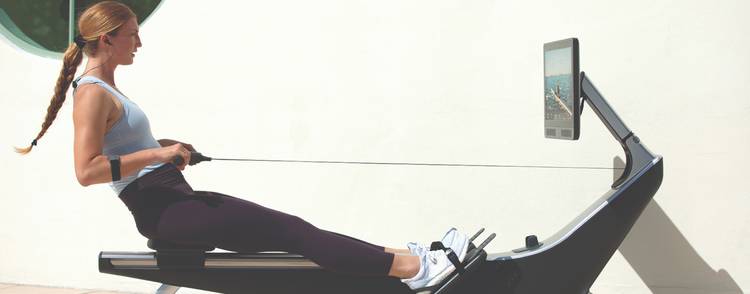The common understanding (as perpetuated by the media) is that losing weight is a good thing. And it is! But we need to specify what type of weight one wants, and should lose. The body is composed of many elements, and in the health and fitness industry the term body composition is used when describing body fat, muscle and bone density in the human body. To keep it simple, body fat’s the dormant tissue on our bodies that doesn’t do anything. It’s there in case of times of famine, but I’m sure you’ve realized this isn’t a problem North Americans have to worry about. Muscle on the other hand is the tissue that wraps around our bones and helps us do our everyday things. They require lots of calories and constant re-fueling to keep going all day and muscles ultimately dictate what is our metabolic rate (how many calories we require in a given day to do the things we do). The more muscle we have to fat, the more calories we need in a given day.
Another really cool feature about muscle is that it’s so dense. A pound of muscle relative to a pound of fat takes up way less space. For example, if I asked you to take 2 pillow cases and fill one with 10 pounds of sand and the other with a 10 pounds of feathers, you would quickly discover that the pillow case containing the feathers would be huge in comparison to that containing the sand. This is why you can take 2 guys that are both 6-feet tall, weighing 185 pounds, yet one could have a 34″ inch waist and the other be 44″ inches. For the latter individual his body composition, in particular the percentage of body fat to muscle is much, much higher.
When starting on a new fitness program it is VERY important to figure out what your body composition is so that you can decide what goal you want to set for yourself. There are several methods of measuring body composition, but the most noninvasive method is a bio-electrical impedance body fat scale. The suggested healthy, body fat percentage for men and women slightly vary:
For Women:
Ages 18 to 39 21% to 33%
Ages 40 to 59 23% to 34%
Ages 60 to 99 24% to 36%
For Men:
Ages 18 to 39 8% to 20%
Ages 40 to 59 11% to 22%
Ages 60 to 99 13% to 25%
As I mentioned in the beginning, the novice just starting on a fitness program will usually restrict calories and start exercising. They mean well, however, if your body isn’t getting enough calories, especially protein calories, then it’ll source out the next most readily available source on your body – that’s right, you end up eating yourself. Psychologically you feel great because you’re dropping pounds weekly but a lot of that would be muscle loss. This is bad because you are losing the good stuff that helps you burn calories even when you aren’t exercising (think of your muscles like car engines, they’re always revving and burning fuel even when the car isn’t in motion). This downward spiral can be rectified by finding a healthy balance between diet and exercise, making sure you’re getting enough calories to feed the muscles, and allowing the body to feed of the sleeping fat stores.
It may seem like a complicated endeavor, but it isn’t. Its just a matter of momentum.
Theodore Roosevelt said: “The human body has two ends on it: one to create with and one to sit on. Sometimes people get their ends reversed. When this happens they need a kick in the seat of the pants.”
I hope in reading the above your butt hurts… get up and go for a walk and go get healthy!

